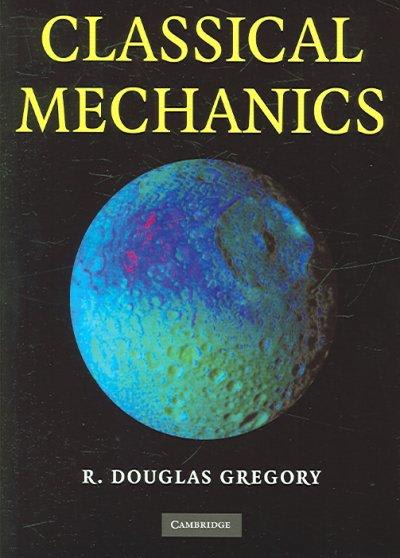Question
Q1. Test at = 0.05 the hypotheses Ho: 0.33 versus H1: < 0.33 with p= 0.23 and n = 100. Q2. If p=0.55 the binomial
Q1. Test at = 0.05 the hypotheses Ho: 0.33 versus H1: < 0.33 with p= 0.23 and n = 100.
Q2. If p=0.55 the binomial distribution is always symmetrical whether n is large or small. T/F?
Q3. In a simple linear regression model, the coefficient of determination not only indicates the strength of the relationship between independent and dependent variable, but also shows whether the relationship is positive or negative. T/F?
Q4. A response bias (measurement error) cannot be more in Census than in Sample. T/F?
Q5. In a study conducted by a college, it was found that 25% of freshmen supported increased military spending. If 6 college freshmen are chosen at random what is the probability that exactly 3 support increased military spending?
Q6. A Type II error is rejecting a true null hypothesis. T/F?
Q7. In a manufacturing process a random sample of 9 bolts manufactured has a mean length of 3 inches within a standard deviation of 0.30 inches. What is the 95% confidence interval for the true mean length of the bolt?
A. 2.412 to 3.588 B. 2.770 to 3.231 C. 2.308 to 3.692 D. 2.884 to 3.086 or E. 2.904 to 3.396
Q8. The following results were obtained from a simple regression analysis:
Y-hat = 37.2895 - (1.2024)X
R^2= 0.6744 Sb(1) = 0.2934
When X (independent variable) is equal to zero, the estimated value of Y (dependent variable) is equal to:
A. 37.2895 B. 0.6774 C. 0 D. -1.2024 E. 0.2934
Q9: The standard deviation of the sampling distribution of the sample mean is the same as the population standard deviation according to the Central Limit Theorem. T/F?
Q10. The power of a statistical test is the probability of not rejecting the null hypothesis when it is true T/F?
Q11. A sample statistic is an unbiased point estimate of a population parameter if every sample value of the sample statistic equals the population parameter? T/F?
Q12. If two events A and B are not mutually exclusive and not independent then the probability of their union P(A or B) is:
A. The product of the two individual probabilities P(A) and P(B)
B. The sum of the two individual probabilities P(A) and P(B)
C. P(A or B) = P(A) + P(B) - P(A) *P(B)
D. The sum of the two individual probabilities less the joint probability of A and B
Step by Step Solution
There are 3 Steps involved in it
Step: 1

Get Instant Access to Expert-Tailored Solutions
See step-by-step solutions with expert insights and AI powered tools for academic success
Step: 2

Step: 3

Ace Your Homework with AI
Get the answers you need in no time with our AI-driven, step-by-step assistance
Get Started


